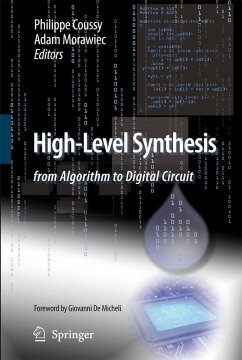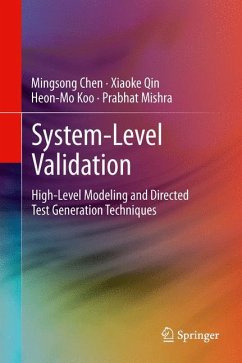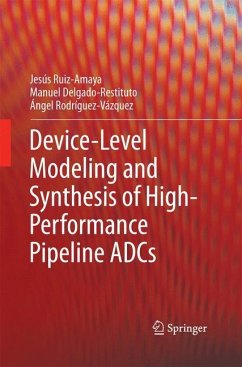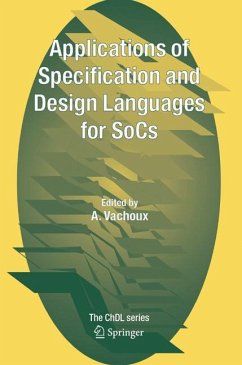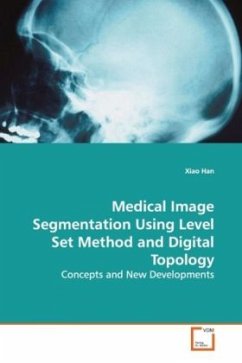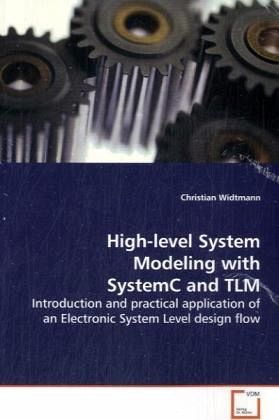
High-level System Modeling with SystemC and TLM
Introduction and practical application of an Electronic System Level design flow
Versandkostenfrei!
Versandfertig in 6-10 Tagen
39,99 €
inkl. MwSt.

PAYBACK Punkte
20 °P sammeln!
Traditional methodologies increasingly fail to tacklethe challenge of contemporary embedded system design.The drive towards shorter product life cycles andtime-to-market necessitates an increase ofproductivity. Electronic System Level Design (ESL)addresses this issue by modeling and abstraction. TheTransaction Level Modeling (TLM) standard, based onthe system modeling language SystemC, is targeted atthe design of fast virtual system prototypes thatallow early hardware/software co-development as wellas architectural and performance exploration.This book by the author Christian Widtmann presents...
Traditional methodologies increasingly fail to tackle
the challenge of contemporary embedded system design.
The drive towards shorter product life cycles and
time-to-market necessitates an increase of
productivity. Electronic System Level Design (ESL)
addresses this issue by modeling and abstraction. The
Transaction Level Modeling (TLM) standard, based on
the system modeling language SystemC, is targeted at
the design of fast virtual system prototypes that
allow early hardware/software co-development as well
as architectural and performance exploration.
This book by the author Christian Widtmann presents
the methodology of ESL design based on transaction
models. It describes the features of SystemC, the
concepts of the thereupon defined modeling standard
and the tools available to the designer. In the
course of a case study the Advanced Encryption
Standard (AES) is refined from its mathematical
description to an architectural model. The presented
design flow includes a number of modeling steps that
illustrate the capabilities of the different modeling
styles. Particular focus is laid on linking
theoretical concepts to their practical implementation.
the challenge of contemporary embedded system design.
The drive towards shorter product life cycles and
time-to-market necessitates an increase of
productivity. Electronic System Level Design (ESL)
addresses this issue by modeling and abstraction. The
Transaction Level Modeling (TLM) standard, based on
the system modeling language SystemC, is targeted at
the design of fast virtual system prototypes that
allow early hardware/software co-development as well
as architectural and performance exploration.
This book by the author Christian Widtmann presents
the methodology of ESL design based on transaction
models. It describes the features of SystemC, the
concepts of the thereupon defined modeling standard
and the tools available to the designer. In the
course of a case study the Advanced Encryption
Standard (AES) is refined from its mathematical
description to an architectural model. The presented
design flow includes a number of modeling steps that
illustrate the capabilities of the different modeling
styles. Particular focus is laid on linking
theoretical concepts to their practical implementation.



